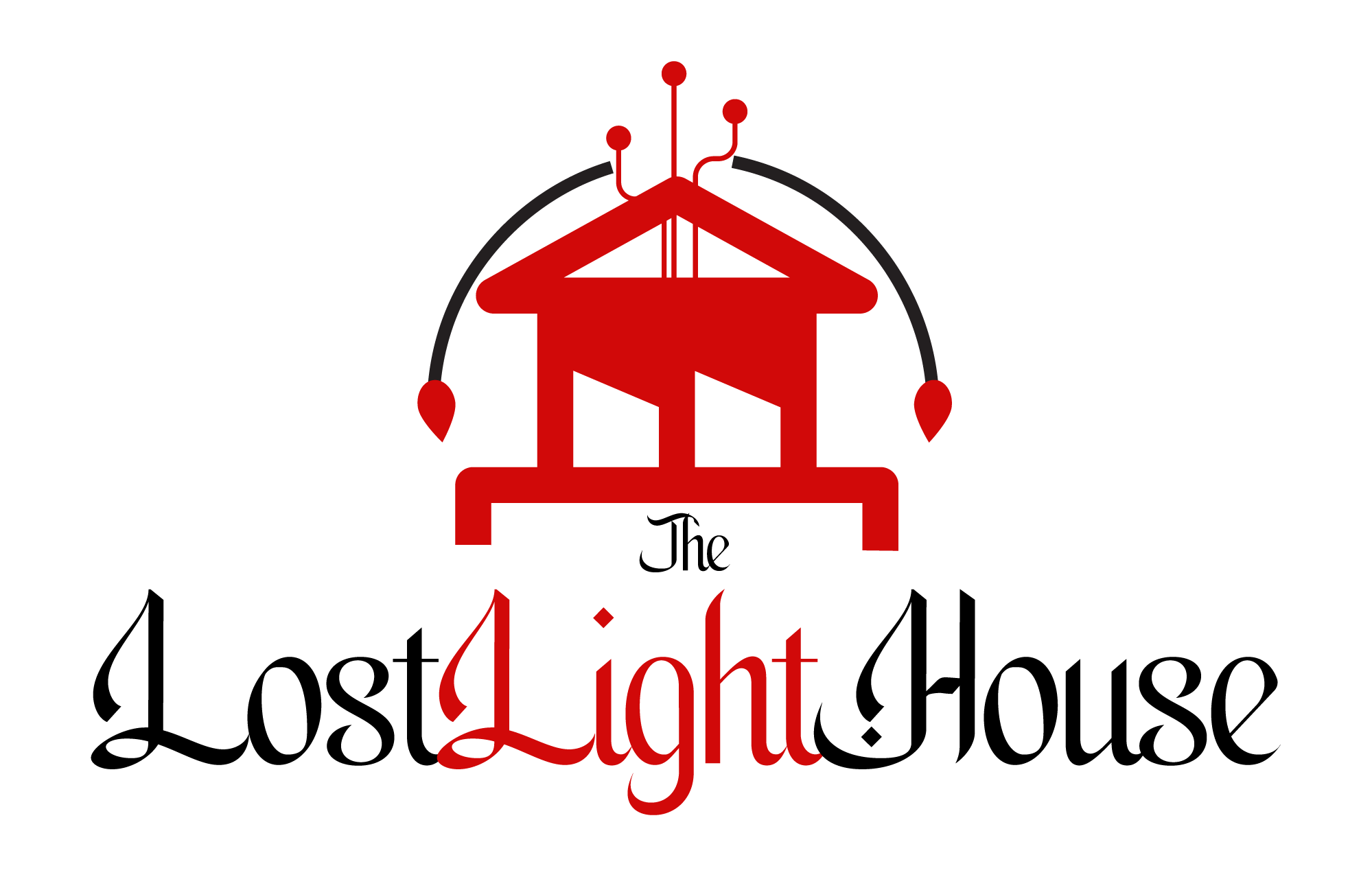
9 Secrets of Characters in Storytelling: Spark Emotion?
Characters are the heartbeat of every story, whether in movies, TV shows, or literature. They make the storyline, develop the emotional interest, and make the viewers have someone to relate to. Knowing the Characters in Storytelling enables us to appreciate great story elements and the way that stories are constructed, the reason we are interested in some actions, and the way that our themes are reaffirmed through character and action.
This guide examines the purpose of characters, their influence on the stories, and the importance of the strong character development in the telling of the stories.
1. Why Characters Matter
A story is a sequence of events without the characters. Characters make narratives have meaning and familiarity. Viewers are emotionally attached to their experiences, lives, and changes.
Characters in Storytelling are guides in any medium. They enable the audience to see the narrative in a human context and this provides compassion, thrill and understanding.
2. Types of Characters
a. Protagonists
The protagonist is the central figure, often facing challenges or conflicts that drive the plot. Their desires, decisions, and growth anchor the story. Strong protagonists are multidimensional, relatable, and capable of change.
b. Antagonists
The antagonist opposes the protagonist, creating tension and conflict. They don’t have to be evil; their purpose is to challenge the main character, highlighting themes and moral dilemmas.
c. Supporting Characters
Secondary characters enhance the story by providing context, motivation, or comic relief. They help flesh out the world and reinforce the protagonist’s journey.
d. Dynamic vs. Static Characters
Dynamic characters undergo significant development, learning or changing through experiences. Static characters remain constant, often used to highlight contrasts or thematic points. Both are important tools in storytelling.
3. Character Arcs and Growth
One of the most powerful elements in Characters in Storytelling is the character arc. This represents the transformation a character undergoes from the beginning to the end of a story.
- Positive arcs: Characters overcome flaws or challenges, gaining wisdom or strength.
- Negative arcs: Characters fail or regress, creating tragic or cautionary tales.
- Flat arcs: Characters remain consistent, but their presence allows other characters or themes to evolve.
A well-crafted arc keeps audiences invested, as we watch characters change, adapt, and respond to circumstances.
4. How Characters Shape the Narrative
The characters dictate the flow of the story. Their impulse, decision, and struggles affect the development of the plot and conception.
As an illustration, in Breaking Bad, all twists and turns are motivated by the decisions made by Walter White, which depicts morality, power, and consequence themes. The personal development of the protagonist in an animated movie such as Moana is in line with the cultural and environmental concepts.
Storytelling Characters are not merely actors, they are agents in constructing meaning to the narrative.
5. Emotional Connection with Characters
The viewers relate to the characters based on mutual experiences, desires, and feelings. Empathy is created when the audience can identify with certain aspects of a character in his/her struggles or in his/her success.
This relationship is why some of the stories are more closely felt than others. Characters in a way are the medium through which the story is conveyed to the emotional world of the audience.
6. Characters as Symbols
Characters are mostly symbolic descriptions of concepts or themes. A mentor could be associated with wisdom, a villain could be associated with fear in society, and a hero could be associated with the ability of people.
The concept of symbolism in characters is also a major feature of Characters in Storytelling, which enables the viewers to explore the hidden meaning behind the plot.
7. Character Relationships
Interactions between characters enrich storytelling. Friendships, rivalries, romances, and mentor-mentee dynamics reveal motivations, personality traits, and ethical dilemmas.
- Conflicts often emerge from opposing values or goals.
- Alliances reinforce shared objectives or moral lessons.
- Relationships can drive growth, creating meaningful character arcs.
Shows like Stranger Things and Friends demonstrate how relationships between characters can define the story and engage viewers emotionally.
8. Dialogue and Voice
The voice of a character, the way he/she talks, thinks and responds, tells about personality and background. Dialogue may convey inspirations, give clues to secrets, or strengthen motifs.
A written Character in Storytelling that is presented with genuine voice makes the Characters seem real which makes the story more exciting and easy to relate with.
9. Techniques for Strong Character Development
- Backstory: Providing a character’s history explains their motivations and decisions.
- Conflict: Challenges reveal character traits and drive growth.
- Consistency with growth: Characters should evolve naturally; sudden changes can break immersion.
- Relatability: Even flawed or extraordinary characters need relatable qualities to engage audiences.
By paying attention to these techniques, writers and filmmakers craft memorable characters that leave a lasting impact.
Final Thoughts
The Storytelling Characters are much more than the participants- the soul of the story. Characters determine plot, emotion and theme, whether as protagonists and antagonists or as dynamic supporting characters.
The strong characters developed bring empathy, engage and keep the stories memorable. In films, television or literature, it is possible to learn the part of the characters and watch beyond the superficial events, enjoying the art of storytelling in its entirety.The next time you pick up a movie or a television show, think about the adventures of the characters: their wants, pain, and development. These are not mere entertainment but also mirror our human lives and stories will have a lasting impact even after the screen is switched off.

